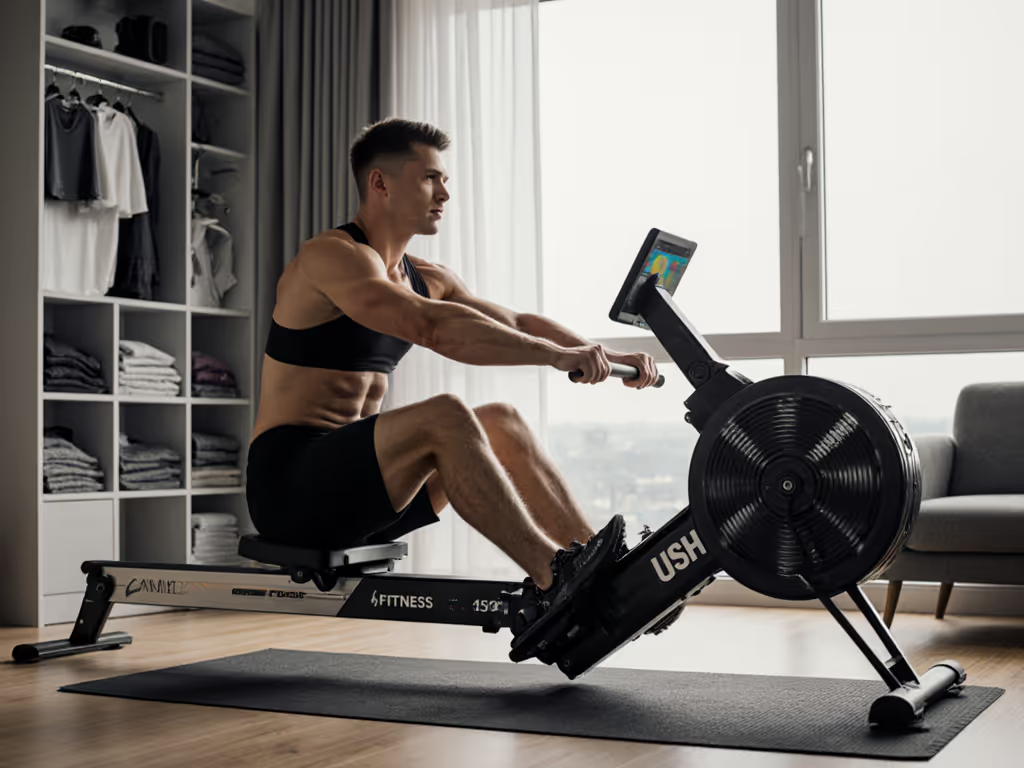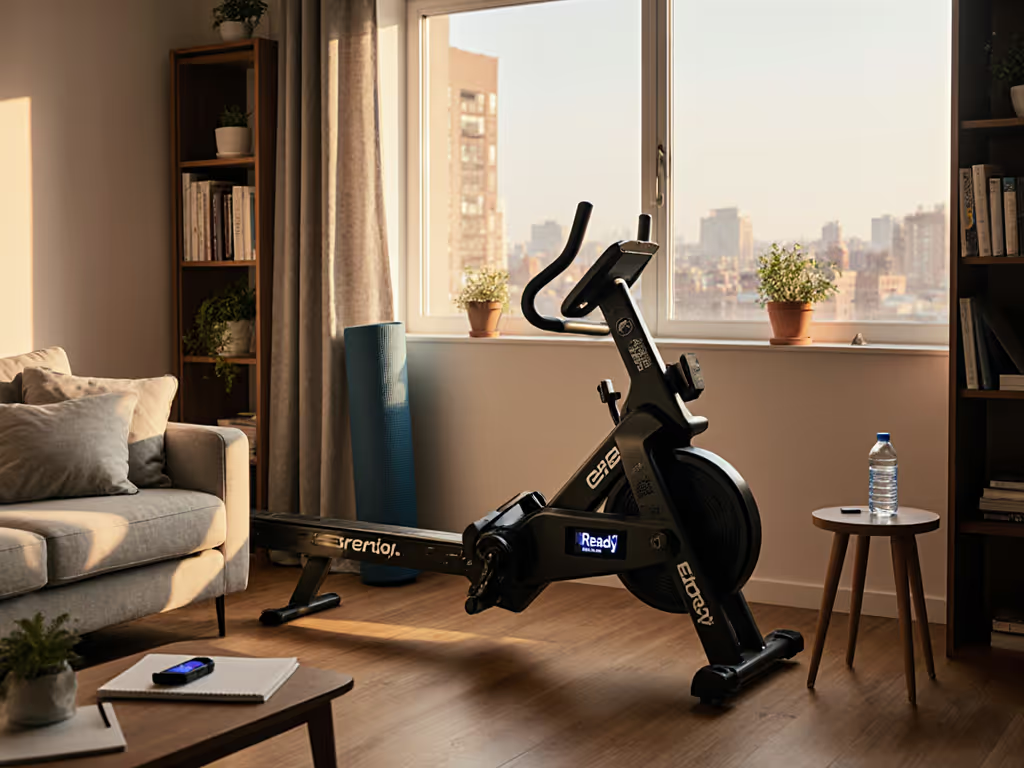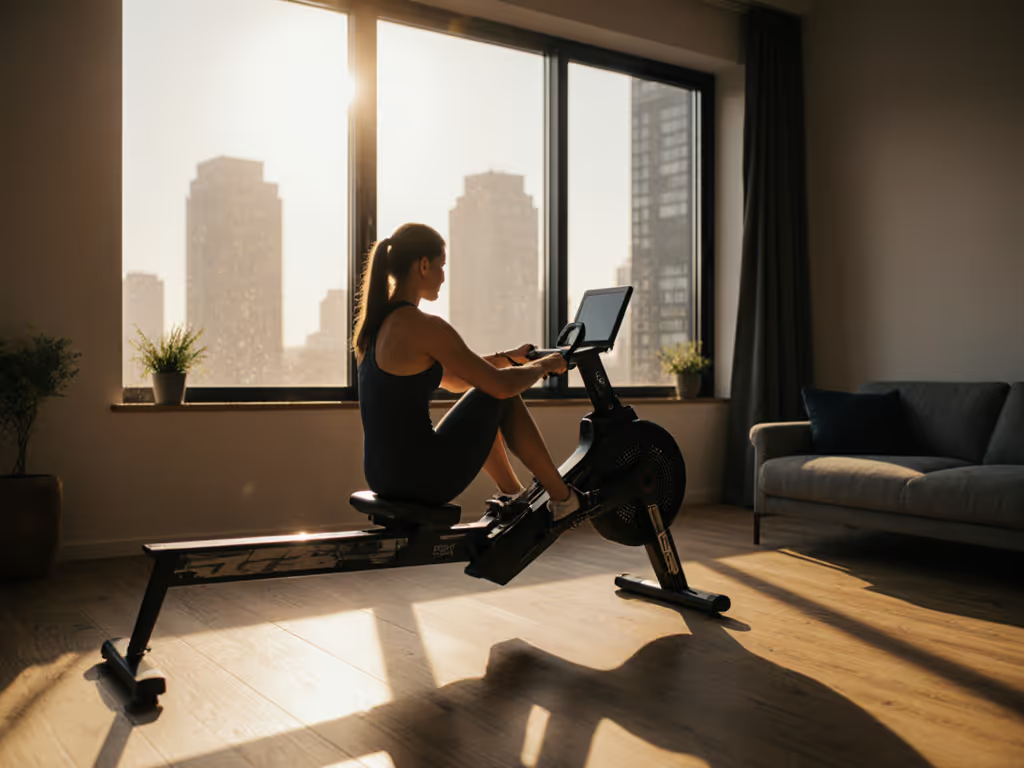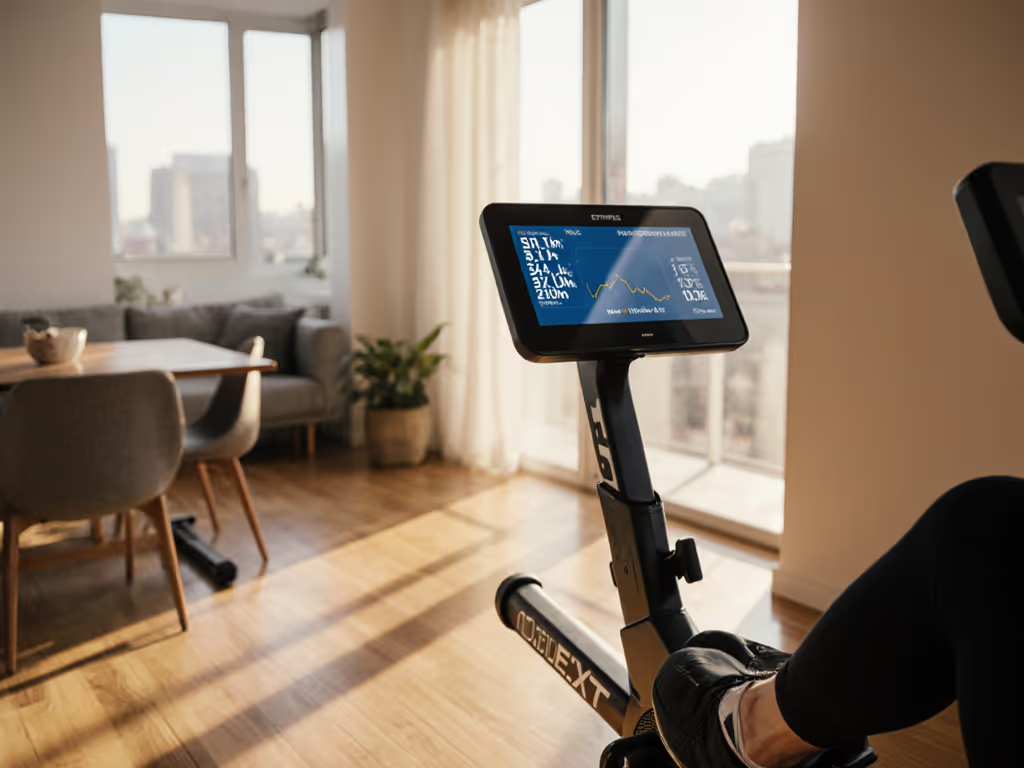
Rowing for Rehabilitation: Safe, Measurable Recovery Progress
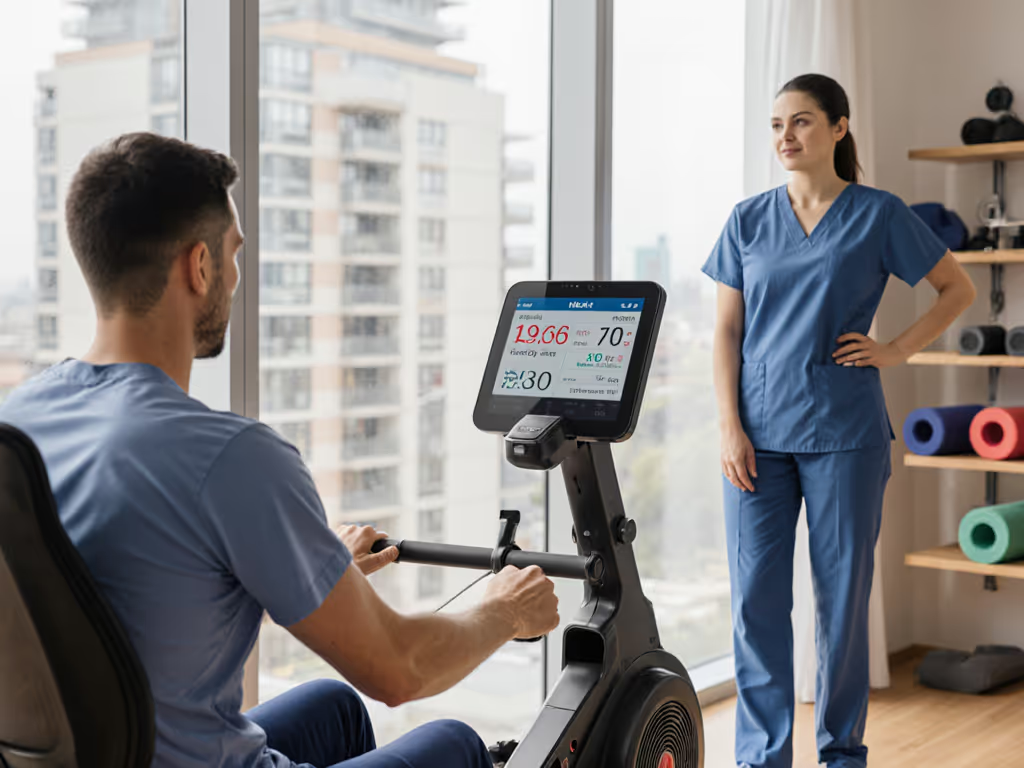
Rowing offers a unique pathway for rehabilitation, combining low-impact movement with measurable physiological benefits. For those recovering from injury or managing chronic conditions, rowing for rehabilitation provides a safe, quantifiable approach to rebuilding strength and cardiovascular health. Medical research confirms its efficacy: studies show FES-rowing significantly improves peak oxygen consumption (11.2% average increase) and reduces bone density loss in spinal cord injury patients [1], while visually impaired participants demonstrated reduced body fat, improved back strength, and better lipid profiles after just six weeks [2]. This rower for exercise delivers full-body conditioning with minimal joint stress, crucial for sustainable recovery [3][6][7].
Quantifying Rehabilitation Outcomes
Effective recovery demands trackable progress. Rowing excels here through:
- Cardiovascular metrics: Monitor VO2 improvement via PM5 monitors or Bluetooth-connected apps
- Strength benchmarks: Document back strength gains through force curve analysis
- Body composition: Track fat mass reduction through consistent training sessions
Clinical data reveals rowing's rehabilitation advantages:
| Parameter | Improvement | Timeframe | Source |
|---|---|---|---|
| VO2 peak | +11.2% | Per training cycle | SCI patients[1] |
| Fat mass | Significant decrease | 6 weeks | Visually impaired[2] |
| LDL cholesterol | Measurable reduction | 6 weeks | Clinical study[2] |
These measurable outcomes transform subjective recovery into data-driven progress. For practical tips on tracking watts, splits, and heart rate, see our guide to rowing metrics.
Engineering Safe Recovery Environments
Successful low-impact rowing recovery requires addressing key implementation barriers:
Noise Mitigation Strategies Water resistance systems like the WaterRower Ash generate about 65 dB, comparable to shower noise, while air-resistance models like Concept2 reach about 70 dB. For a deeper breakdown of sound levels and maintenance trade-offs, read our water vs magnetic rower noise comparison. For vibration-sensitive environments:
- Use 1.5 inch rubber mats, reducing floor transmission by 14 dB
- Install isolating risers under feet
- Schedule sessions when neighbors are least sensitive
Space Optimization Critical dimensions for apartment-friendly setups:
Concept2 Model D: 24"W × 96"L (stored: 25"×54")
WaterRower Ash: 22"W × 82"L (vertical storage)
Compact models with vertical storage preserve 78% more floor space daily, according to home fitness studies. Get precise clearance tips and placement ideas in our home rower space planning guide.
Ergonomic Adaptation Customize setups for injury recovery:
- Seat height under 14 inches reduces hip flexion strain
- 30° forward-flex footplates minimize ankle stress
- Padded handles prevent grip fatigue for arthritis patients
Sustainable Training Methodology
Implement evidence-based protocols:
- Initial phase (Weeks 1-4):
- 3×10-minute sessions weekly at 18-22 stroke rate
- Damper setting 3-4 (air) / 50% tank fill (water)
- Progressive loading (Weeks 5-8):
- Add 2 minutes weekly to sessions
- Introduce 1× weekly interval training (30s hard/90s easy)
- Maintenance (Week 9+):
- 3×30-minute sessions weekly
- Monthly benchmark testing
This phased approach produced a 7.25-15.1% VO2 improvement clinically [1] while minimizing re-injury risk.
Technology Integration
Maximize data utility with:
- ANT+ compatibility for HR strap accuracy
- FTMS Bluetooth enabling Zwift Row/Apple Fitness+ integration
- Open CSV export for physician progress tracking
"Pay for the metal and bearings, not proprietary ecosystems." Choose rowers supporting open standards to avoid forced $40/month subscriptions. If you want options that skip recurring fees, see our no-subscription compact rowers roundup.
Actionable Next Steps
- Space audit: Measure your nook with 9' x 4' clearance minimum
- Floor test: Place a glass of water on the proposed location, ripples indicate a need for isolation
- Trial session: Test seat comfort for >20 minutes before committing
- Data baseline: Record initial 500 m splits and wattage output
For those prioritizing serviceable components, Concept2's 5-year frame warranty and globally available parts streamline long-term TCO math. Water resistance enthusiasts benefit from the WaterRower's minimal maintenance beyond bi-annual water treatments.
Rowing transforms rehabilitation from guesswork to quantifiable progress. By tracking concrete biomarkers and optimizing equipment for living constraints, recovery becomes a measurable journey toward restored capability. Start conservatively, document rigorously, and let each stroke's data guide your comeback.
Related Articles

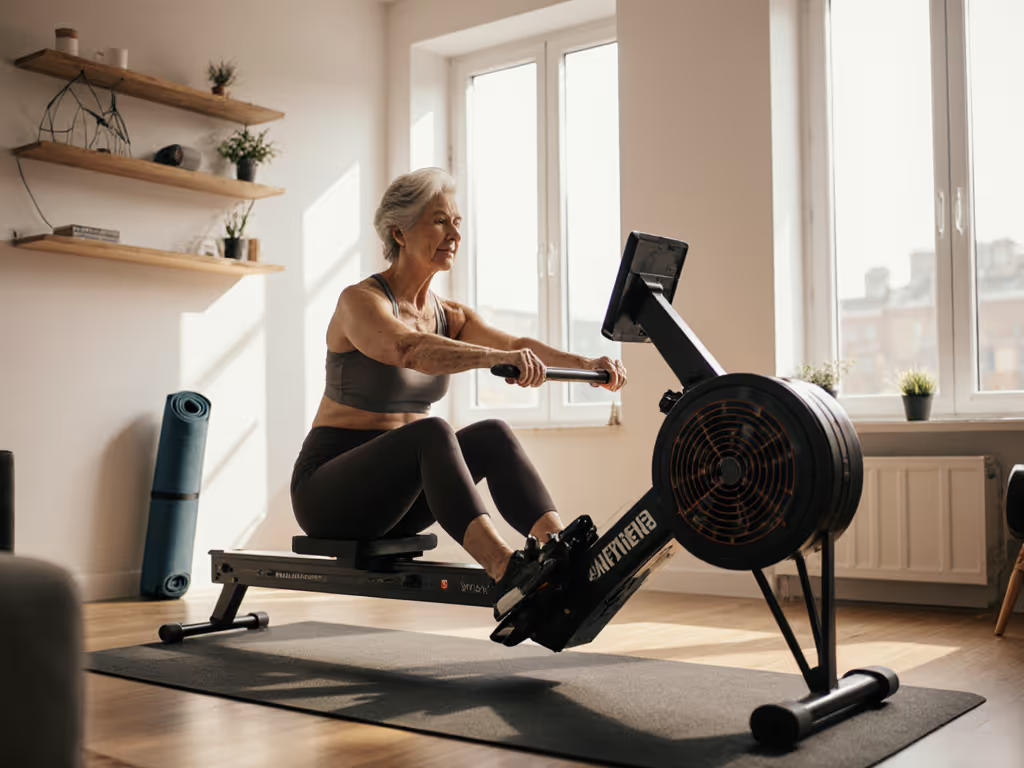
Senior Rowing Workouts: Adaptive Techniques for Joint Safety
